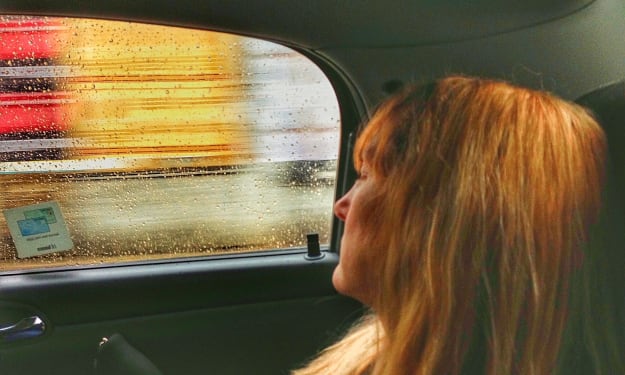How to Use DNA Tests to Trace Your Ancestry
Or How to TYrack Your Family History

One of the most frequently asked questions across the internet is “How do you track your family history?”. Though we mostly focus on tracing ancestry through paper and online records, there are many other ways to do that. DNA testing is one of them.
At some point, many genealogists face a problem when tracing ancestry through records and historical documents leads to little or no results. If the paper trail has eventually led you to the brick wall check out this article – you will learn how DNA testing can help you to break through.
What You Can Learn from a DNA Test
Through a DNA test you can:
- find people with whom you share an ancestor;
- prove or disprove the ancestry of people sharing the same last name;
- learn your ethnicity breakdown.
Using DNA to Find an Unknown Ancestor
The best way to begin the search of your relative is to sort your DNA matches into groups. The special “in common with” feature is nowadays provided by many companies and will show you matches that share DNA with you. If several people have matching DNA this may mean you all might have a common ancestor.
Compare trees with some of those matches and set aside those who are not connected to your known relatives. Thus, you can focus on matches that may lead you to the relative you’re looking for. If there’s a common ancestor appearing in more than one tree, it is possibly related to you and your unknown ancestor. If you need to confirm a relationship with somebody, a DNA test is a great option as well.
Besides that, as you research descendants of your common ancestor, remember to look for places and dates that match the information about your brick-wall ancestor as they might be the clues. If you feel that’s not enough, you can ask one of your relatives to take a DNA test.
If your research has reached an impasse because of missing records, migration, or name changes, a DNA test may provide the right clues. First, you will have to determine other descendants of the relative you’re looking for. You will have to use the same “in common with” feature to find other matches connected to your ancestor. Then look for data (locations, names, etc.) that match the information you already know about your relative.
Don’t neglect to contact the matches to ask what they know about their family lines. Chances are you will find descendants of the person who can help you discover relevant information that can help.
Types of DNA Tests
There are 3 main types of DNA tests you should be aware of:
- Autosomal DNA (atDNA) - available for both men and women, this test surveys markers on all 23 chromosomes to look for connections along both maternal and paternal lines. The results provide information about your ethnic breakdown and help to identify cousins. This test is most useful for connecting back to more recent ancestors.
- A mitochondrial DNA (mtDNA) test traces a person's matrilineal line. This kind of DNA is passed by a mother to both male and female children without any mixing, so a child’s mtDNA is the same as their mother's mtDNA, their grandmother’s mtDNA, etc. mtDNA changes very slowly, so if two people have an exact match in their mtDNA, they are likely to share a common maternal ancestor, but it is hard to identify if this is a recent ancestor or one who lived hundreds of years ago.
- Y-DNA tests help to discover your paternal ancestry. This test is available only to males since the Y chromosome is only passed down the male line from father to son. If two men share the same markers they are likely to have a common ancestor, though the exact degree of the relationship is unknown.
You should acknowledge that your DNA test provides little information on its own. Unfortunately, you can’t just plug the numbers into a formula and find out who your ancestors are – you will have to compare your results with other people. The search may take much time since you may have to input your test results into the many DNA databases to find a match with someone who has already been tested.
Good luck!





Comments
There are no comments for this story
Be the first to respond and start the conversation.